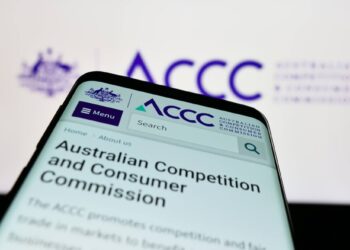Superannuation funds should not be compelled to develop templated arrangements to help divorcing couples split their superannuation, according to the Association of Superannuation Funds of Australia (ASFA).
While supporting simplification of the laws around divorce and superannuation, ASFA told the Australian Law Reform Commission that it does not agree that superannuation trustees should be required to develop standard splitting orders based on common scenarios.
In doing so, it said this would be effectively bringing superannuation funds into the divorce as a third party.
ASFA cited one member fund which advised that it completed around 2,000 family law responses a year and generally objected to around 20 per cent of the draft orders on the basis that they were poorly worded.
“This fund regularly encounters situations where the parties have used a standard template but have made amendments or included other orders that are inconsistent with the template,” the ASFA submission said.
Discussing the templating issue, the submission said, “Not only does this impose an unduly onerous obligation on the trustee – a third party – but there is a risk that a member and/or non-member spouse may rely on a ‘standard’ splitting order that is not appropriate to their circumstances and which may result in detriment”.
“If it were considered that superannuation splitting orders – in accumulation funds – are sufficiently uniform as to facilitate the creation of one or more standard orders then it would be appropriate if these were to be developed by the Family Court as a form, authorised by the Principal Registrar and published on the Family Court website,” it said. “In any event, standard forms should not apply to defined benefit schemes, due to the nature and complexity of defined benefit interests.”




